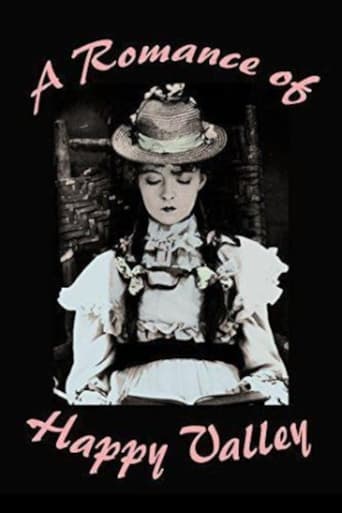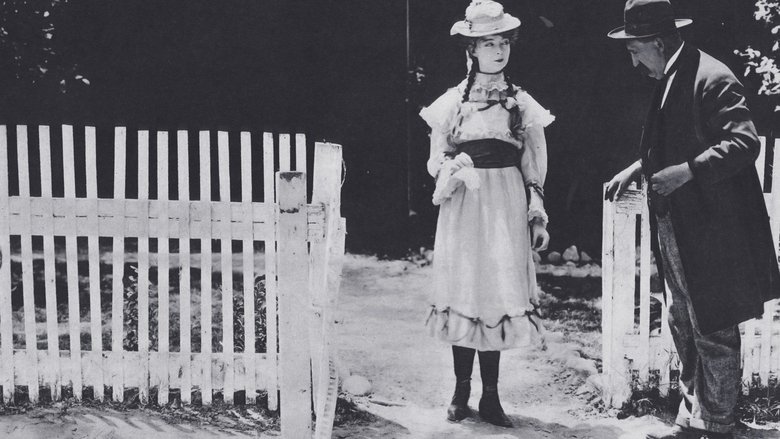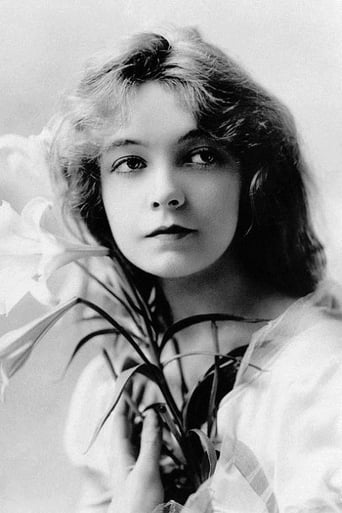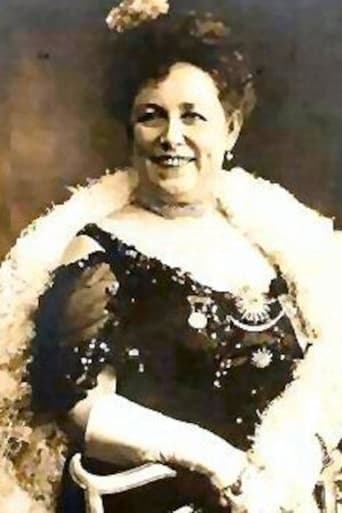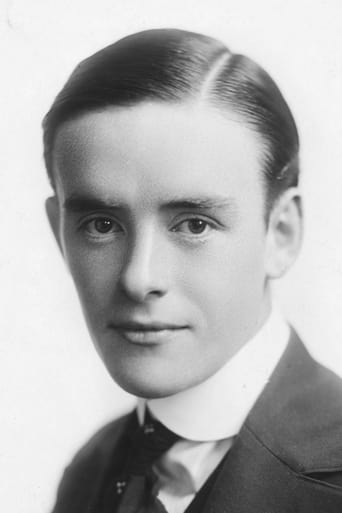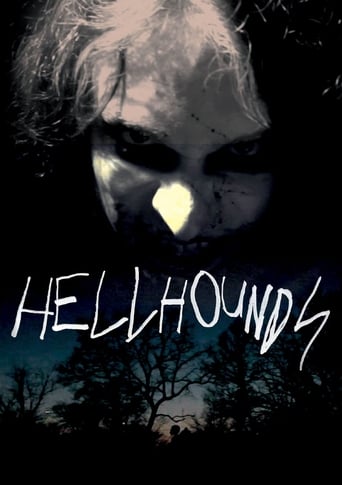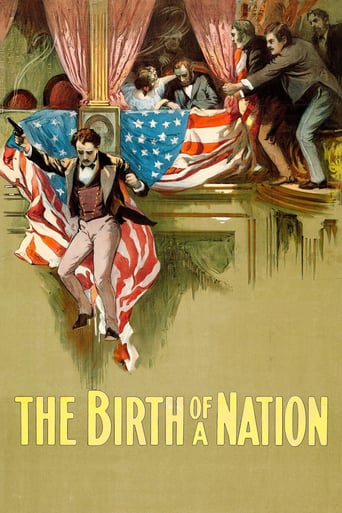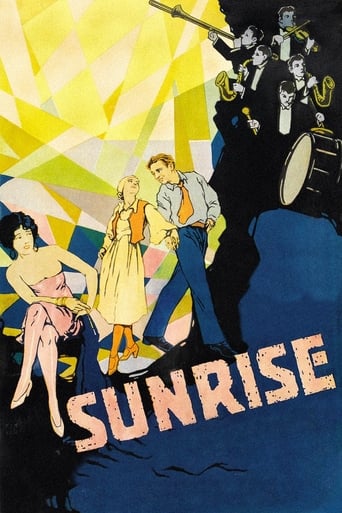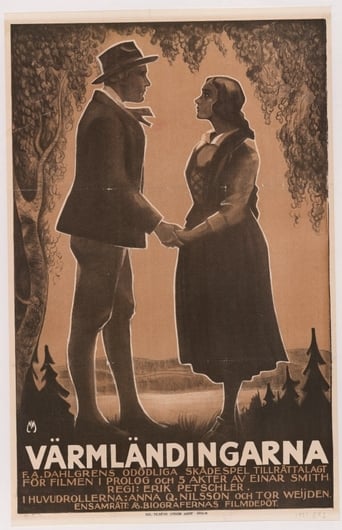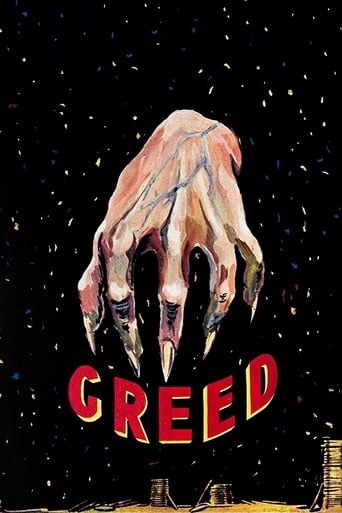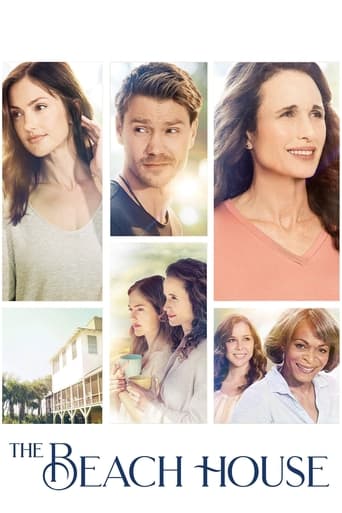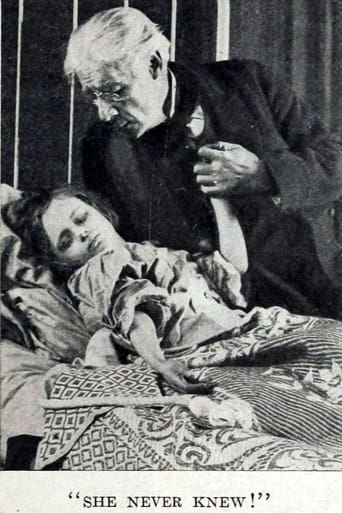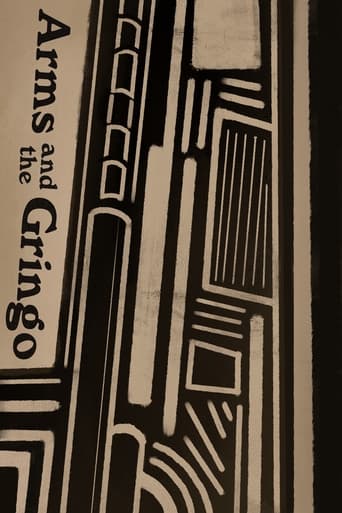A Romance of Happy Valley (1919)
John Logan leaves his parents and sweetheart in bucolic Happy Valley to make his fortune in the city. Those he left behind become miserable and beleaguered in his absence, but after several years he returns, a wealthy man. But his embittered father, not recognizing him for who he is, plans to murder the newly-arrived "stranger" for his money.
Watch Trailer
Cast


Similar titles
Reviews
I cannot think of one single thing that I would change about this film. The acting is incomparable, the directing deft, and the writing poignantly brilliant.
This is a small, humorous movie in some ways, but it has a huge heart. What a nice experience.
what a terribly boring film. I'm sorry but this is absolutely not deserving of best picture and will be forgotten quickly. Entertaining and engaging cinema? No. Nothing performances with flat faces and mistaking silence for subtlety.
It is neither dumb nor smart enough to be fun, and spends way too much time with its boring human characters.
Must all director D.W. Griffith's stories make a moral point? "A Romance of Happy Valley" offers one readily: "Harm not the stranger within your gates, lest you yourself be hurt." By the film's end, this is shown to be excellent advice. At a Kentucky back-country inn, poor country boy Robert Harron (as John L. Logan Jr.) dreams about making his fortune in the Big City (New York). Hard-working father George Fawcett (as Logan Sr.) and Bible-loving mother Kate Bruce (as Mrs. Logan) don't want to see their son gallivant off to the Wicked City; they want him to remain down on the farm. Girl-next-door Lillian Gish (as Jennie Timberlake) is also afraid she will lose Harron to big city ways Robert Harron and Lillian Gish. Corn rustling in the wind. Rustic fences. Of course, this an absolutely gorgeous picture. Griffith and photographer G.W. Bitzer create an extraordinary, classic landscape; and, "A Romance of Happy Valley" is one of their most perfect collaborations. Harron is especially poignant; portraying "Johnny Logan" as an innocent country boy who longs to better his lot in life. His is the film's struggle: the comfort and stability known in simple, rural life vs. the promise of wealth in the unknown, urban city. The story is about Temptation; and Harron must navigate it successfully, or die trying The film begins with lovely images: Harron working the fields; Gish in her fenced lawn. Then, they court; in a great scene, the two use their hands on a farm tool, to express their emotions. After Harron decides to leave for New York, Gish and Harron's parents endeavor to change his mind. Gish dons herself in the latest fashions, and his parents trust their Minister will change Harron's wayward ways. In Church, Gish looks woeful; and Harron looks desperately ill (showing his soul). The plan works; however, Harron's salvation is short-lived. Then, Harron leaves for Sin City; where he decides to make his fortune by inventing a toy frog that swims The symbolism is rich; and, when the toy frog swims, so does Harron. When he goes home, Harron finds his parents have grown desperately poor. Mother Bruce has faith that the Lord will provide. Father Fawcett is unable to avoid his own Temptation; so, to save the farm, he decides to assault the rich stranger in town, unaware the "city slicker" is his own son. Although he is matured by his experience in the city, Harron's character is untainted by Temptation; note the nonthreatening manner Harron displays at Gish's bedroom window, near the end. Harron startles, but does not frighten Gish; he is transformed into an ideal man, who retains his better country traits.Robert Harron was the "Best Actor" performing in films during 1919, with the following remarkable, and highly recommended, features: A Romance of Happy Valley (1919), The Girl Who Stayed at Home (1919), The Greatest Question (1919), and True Heart Susie (1919). Frequent co-star Lillian Gish was filmdom's "Best Actress"; of these films, she is most remarkable in "True Heart Susie". Griffith's reliable supporting cast is wonderful, as always. Aside from the aforementioned supporting players, "Happy Valley" includes the reliably smarmy Bertram Grassby as "Judas", who is said to be descended from the original Iscariot. And, Carol Dempster has a nice turn as a wicked city woman. The ending is very exciting, and Griffith improves significantly upon his earlier "The Son's Return" (1909). ********* A Romance of Happy Valley (1/26/19) D.W. Griffith ~ Robert Harron, Lillian Gish, George Fawcett, Kate Bruce
Romance of Happy Valley, A (1918) ** 1/2 (out of 4) D.W. Griffith film was one of four he rushed at First National. A poor boy (Robert Harron) from Kentucky goes to NYC to make a fortune while his love (Lillian Gish) waits back at home. In a lot of ways this was a semi-bio pick about Griffith's own life as he too was a poor boy from Kentucky who went to the big city to make it rich. Like the character in the movie, Griffith at the time was breaking up with Gish in favor of Carol Dempster who has a small part in this film playing a NYC girl who tries to steal the Kentucky boy. On the whole, this film is rushed together and it really doesn't work in the end even though there's a lot to admire here. The performances by Harron and Gish are very good and the cinematography by G.W. Bitzer is also good. The story drags at even 70-minutes with a far fetched ending that borrows from Griffith's earlier film The Son's Return.
A ROMANCE OF HAPPY VALLEY (Famous Players, 1919), is a small production directed by a major director, D.W. Griffith, in a simple-minded story set in a the birthplace of his old Kentucky home. Featuring a cast of Griffith stock players ranging from Robert Harron, Lillian Gish, Kate Bruce and George Fawcett, this photo-play centers mostly on Harron, close to physically resembling Richard Barthelmess during his opening scenes as a hillbilly youth sporting a straw hat and overalls to his physical self during the latter half in a mature manner with mustache, sideburns, hat and suit, with Gish in pig-tales or shoulder-length hair as his loyal girlfriend.Opening title: "What a better place for a romance than old Kentucky in the county of MAKE BELIEVE, on the pike that never was." Happy Valley, as stated, takes place in Kentucky. John L. Logan Jr. (Robert Harron) is a country boy whose parents (George Fawcett and Kate Bruce) are lifelong farmers. After meeting with Judas (Bertram Grassby), a visiting city man, Johnny yearns on departing his no-future existence by bettering himself in the big city. Jennie Timberlake (Lillian Gish), also known as "Forgetful Jennie," who lives next door with her widowed father (George Nicollls), has loved Johnny since their childhood and fears of losing him if he should go. However, against his father's wishes, but the blessing from his mother, Johnny heads for New York on the next train and intends on coming home once he becomes successful. During his absence, Jennie continues to think about him, even by placing one of his old jackets onto a scarecrow in the cornfields and conversing with it during her moments of loneliness. As for Johnny, he obtains employment at the Eastern Toy Manufacturing Company, hoping to make a fortune with his invention of a swimming mechanical frog. After spending eight years perfecting this, he earns his $1,000 to return home where he he finds drastic changes have occurred. Aside from finding Jennie an old maid and his parents in the process of losing their farm unless they can come up with the finances needed, he suddenly finds himself mistaken for wanted bank robber on the loose.The supporting players consist of Adolph Lestina as Vinegar Watkins; Porter Strong as a Negro farmhand; and Carol Dempster, making her debut under Griffith, appearing unbilled, as a city girl who tries to lure Jimmy away from his work.Griffith brings forth an age taken from his own upbringing by transferring the wholesomeness of rural Kentucky to the screen, ranging from a middle-aged country woman (Lydia Yeamans Titus) smoking their pipes while sitting in rocking chairs of their front porch; community gathering together at the Locust Grove Church every Sunday; hard-working farmers knowing no other life outside their community; while little Jennie (Gish) uses the Farmer's Almanac to get the latest fashion designs to impress Johnny.As with hundreds to thousands of silent movies distributed during this period, A ROMANCE OF HAPPY VALLEY was one of many that had been lost for many years. With the help of film historian Eileen Bowser of the Museum of Modern Art in New York City, a print was located in Russia. Aside from its limited presentations at the MOMA's film department, it finally made it to television by becoming the initial movie shown on the public broadcasting eight-week series (June-August 1978) titled "Lost and Found" (premiering June 24, 1978) hosted by Richard Schickel based on WNET, Channel 13, in New York City. After the 55 minute presentation, a ten minute Griffith short, THE LADY AND THE MOUSE (1913), starring Lillian Gish and Lionel Barrymore followed, concluding the premiere episode with an after-film discussion between Schickel and Gish herself. By the expression on her face, she appeared surprised to hear how much Schickel enjoyed the movie, taken from perspective that it's a very old-fashioned story with limited appeal to contemporary audiences. Gish went on to discuss other lost Griffith film titles and going in depth about her leading man, Robert Harron, as being one of the few actors personally trained by Griffith himself, and how his career was cut short due to a premature accidental shooting in 1920. Out of circulation since then, HAPPY VALLEY has had its limitations on video cassette in 1997 through Critic's Choice Masterpiece/Killian Collection accompanied by a piano score. However, the Critic's Choice video print, at 78 minutes, runs 23 minutes longer than the original television showing of 55 either due to corrected silent projection speed or missing scenes restored.Not in the large-scale sense of the two-hour plus epics as Griffith's earlier features of THE BIRTH OF A NATION (1915), INTOLERANCE (1916) and HEARTS OF THE WORLD (1918), HAPPY VALLEY, resembles that of a small film based on a short story. Also credited by Griffith as its author, it's scenario simply comes close to his own heart, and it shows. This was Griffith's heritage. These were his people enacted on screen. This was his hometown of "make believe" known as Happy Valley. (**1/2)
For many years, this film was among a number of D. W. Griffith films from the 1918-1919 season which were considered irretrievably lost. In the 1970s it was discovered in the Gosmofilmfund in Russia, and through some complicated negotiations was acquired by the Museum of Modern Art in time for the Griffth centenary in 1975. Prints in English have the subtitles replaced, as the Russian print was subtitled in Ukrainian. The story is a simple one and personally close to Griffith's heart - a Kentucky lad, played by Robert Harron, is an inventor and hears of opportunity in New York. Although the townsfolk, his mother and father, and his sweetheart, played by Lillian Gish, all try to restrain him from leaving Happy Valley, he does so. In New York, the boy works tirelessly on his invention for eight years and resists a number of temptations. Little does he know that back home, his sweetheart is struggling with similar issues, and when the foreclosure notice comes on the family home, his father, whose opposition to the boy's departure to New York was particularly noisome, experiences a major crisis of temptation himself. The title card identifies this as a "Griffith Short Story" vehicle, and it plays like one of Griffith's Biograph shorts, only much longer. It is not one of his most technically accomplished films, and there are some uncomfortable racial characterizations, though nothing of the kind witnessed in "The Birth of a Nation." But it is a chamber movie, sort of a sketch for "True Heart Susie" and "Way Down East," rural stories told on a more ambitious scale. It contains much of Griffith's idealized vision of his childhood Kentucky, and the desperation of the father may have drawn to some extent on Griffth's own father's struggles late in life. Overall, it is a sweet, unpretentious little film which mean, and does, no harm to anyone. Not a major masterpiece, but an attractive film in a genre that was a Griffith specialty, local in orientation but universal in theme.

